
“The Collier Make” logo on envelope back and “The Collier Made” hand stamp.
In 1912, the newly re-named Collier Manufacturing Co, with J. C. Collier at the helm and with the addition of D. C. Collier to management, was branding its products as “The Collier Made” and “The Collier Make”.
According to the late Virginia Collier Dennis, daughter of D. C. Collier, her father woke from a dream in which he had seen a way to economically make women’s knit underwear. He sought to patent his idea which involved precise, cost-saving cuts. J. C. Collier, a master marketer, had previously used a form of alliteration in his advertising, such as seen in the example below.

It followed that “The Collier Cut’ was chosen as the name of the patent. The patent was granted in Canada in 1914 and in the United States in 1915. This is the draft patent application for “The Collier Cut”, by inventors D. C. Collier and F. M. Murphy.
Collier Cut with diagrams reduced
The Collier Cut was a marketing success. This page from a 1916 publication shows eight mills licensed to make The New “Collier” Union Suits for ladies. It also says that patents were pending in “all European countries”.

What had been marketed as “Collier Make Underwear” in these hanging cardboard store signs (approximately 10″ x 13″) . . .

. . . now became “Collier Cut Underwear”.

Collier Cut Union Suits were sold internationally, with an obvious appeal to those in colder climates. Here is a fascinating 1918 picture of the shipping room of the Collier Mfg. mill in Barnesville. These packaged ladies knit underwear were headed to Rottenberg, Sweden. Notes about the photograph identify Walter Slaughter, Shipping Clerk, and J. R. Stotelmyer, Superintendent.

This is an equally fascinating original photograph of the model for Collier Cut Ladies Union Suits. The notation is by D. C. Collier.

Prior to the sale to the William Carter Company (see the post “J. C. Collier – From Merchant to Manufacturer”), Collier Cut marketing took on a new look. This 1922 note announces the appointment of a new selling agent in New York.
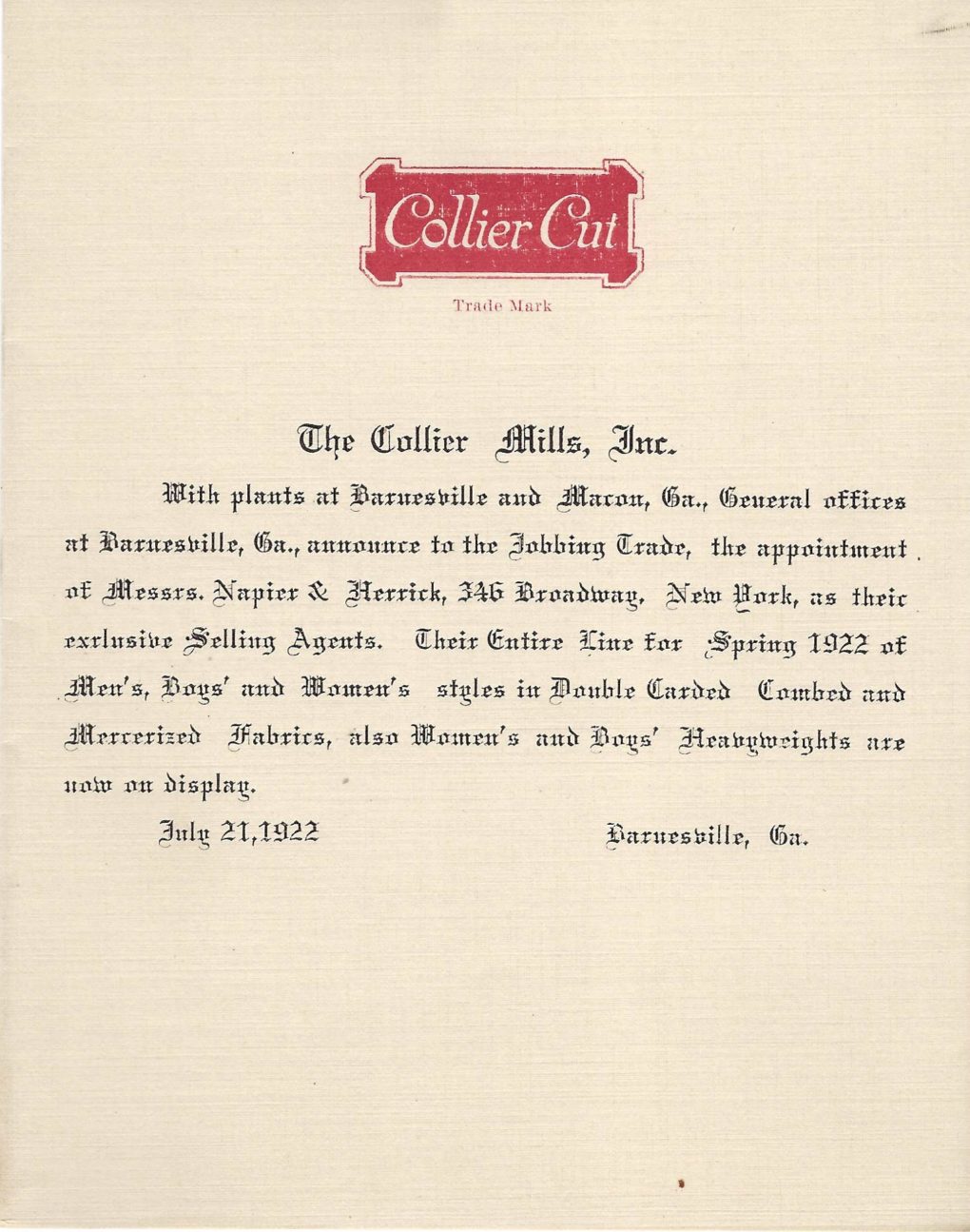
Here are two hanging cardboard advertising signs of a different style promoting Collier Cut underwear.


The advertisement (dated 1923 on the pennant) for misses and ladies underwear was updated to appeal to the younger generation and the 1920’s “flapper” style. The meaning of the reference to “8 Point” is not known.

And 8 Point Collier Cut knit underwear was promoted for boys and men.


CHF knows of only one of the Collier Cut Ladies Underwear still in existence. The underwear was sent along with the rest of the Collier Collection to Georgia Historical Society, Savannah, Georgia where it will be archived.

Ladies Collier Cut Union Suit

Ladies Collier Cut Union Suit from the Back

Roll of Collar Labels for The Collier Cut Union Suit















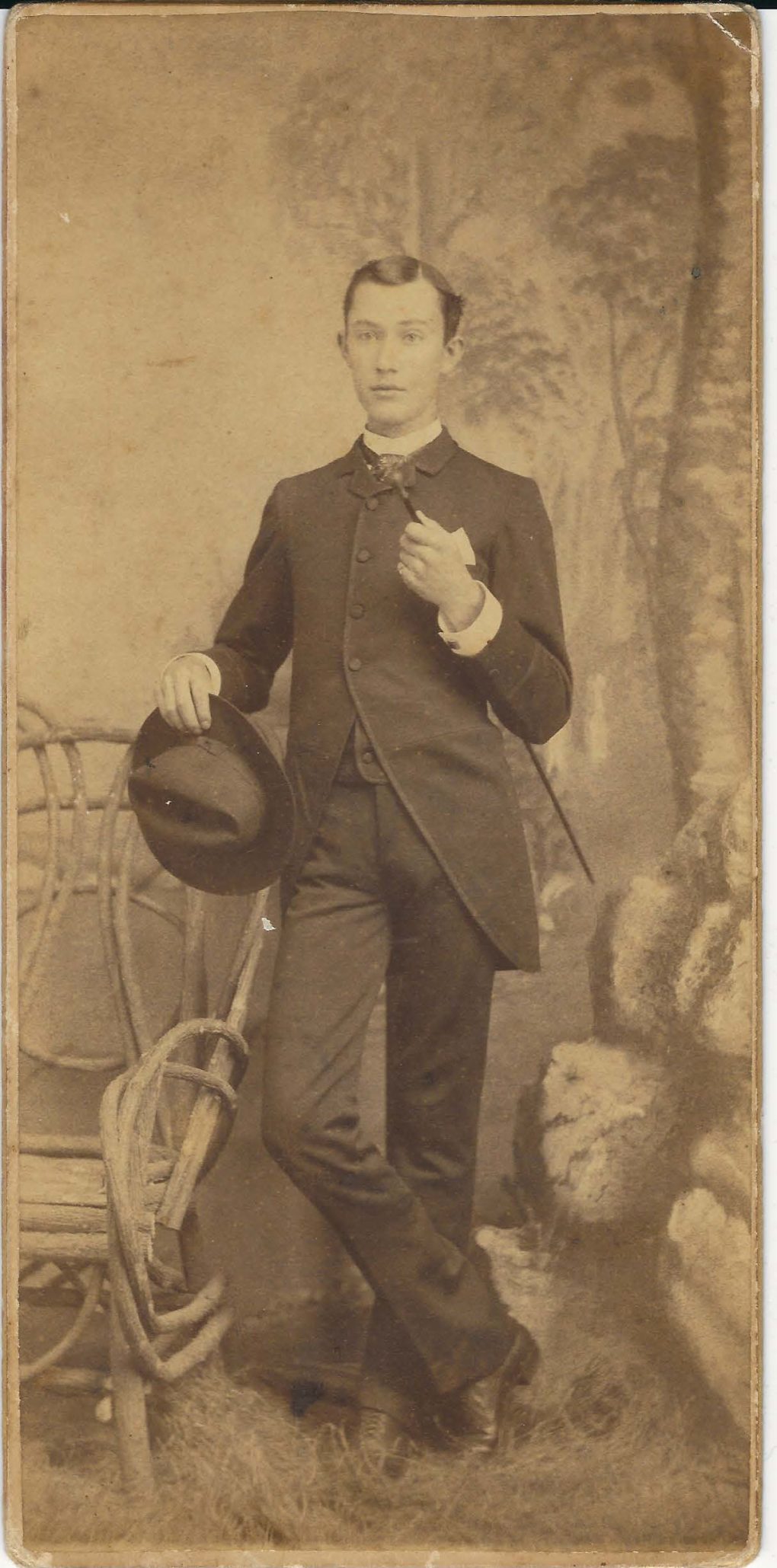







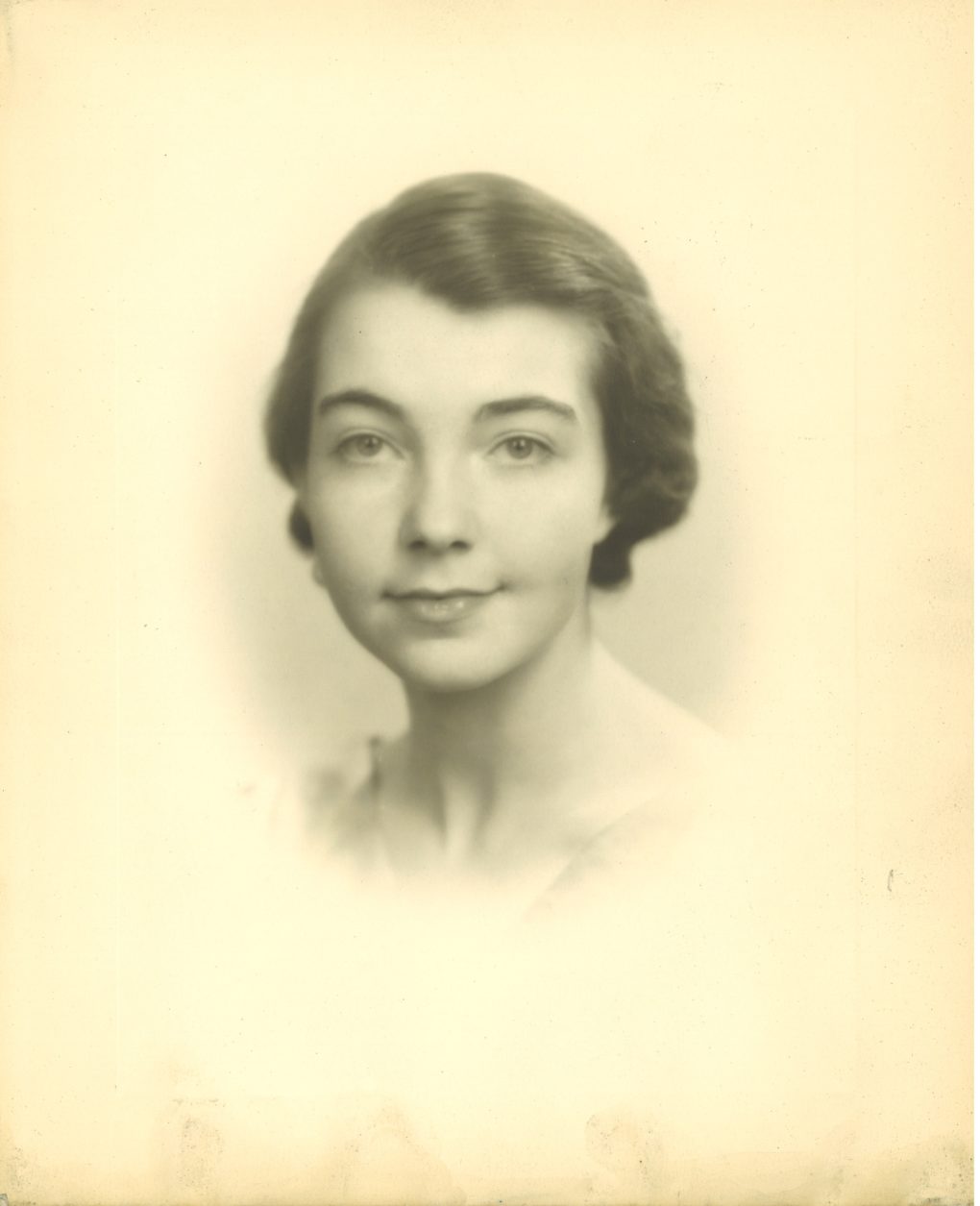
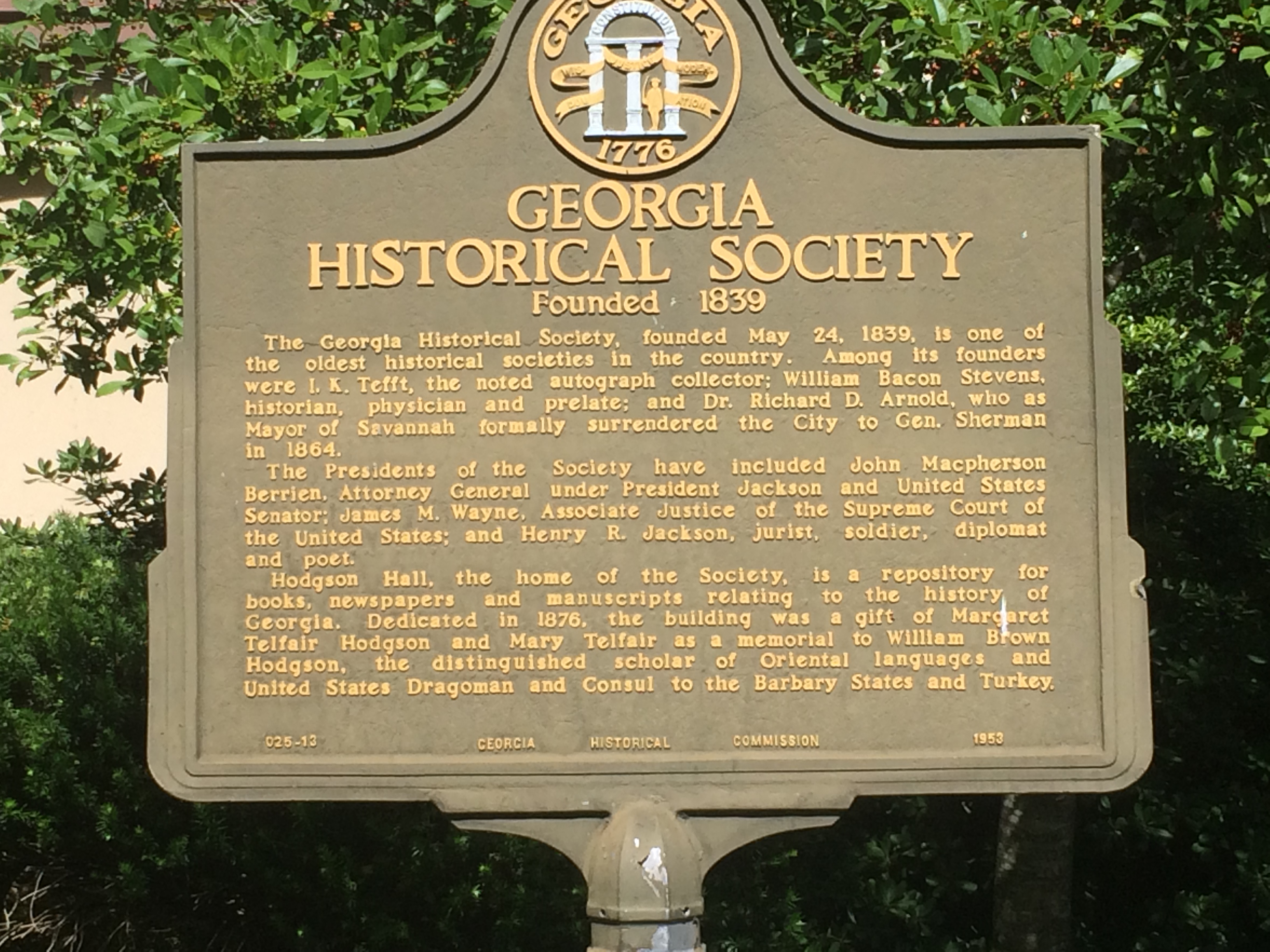
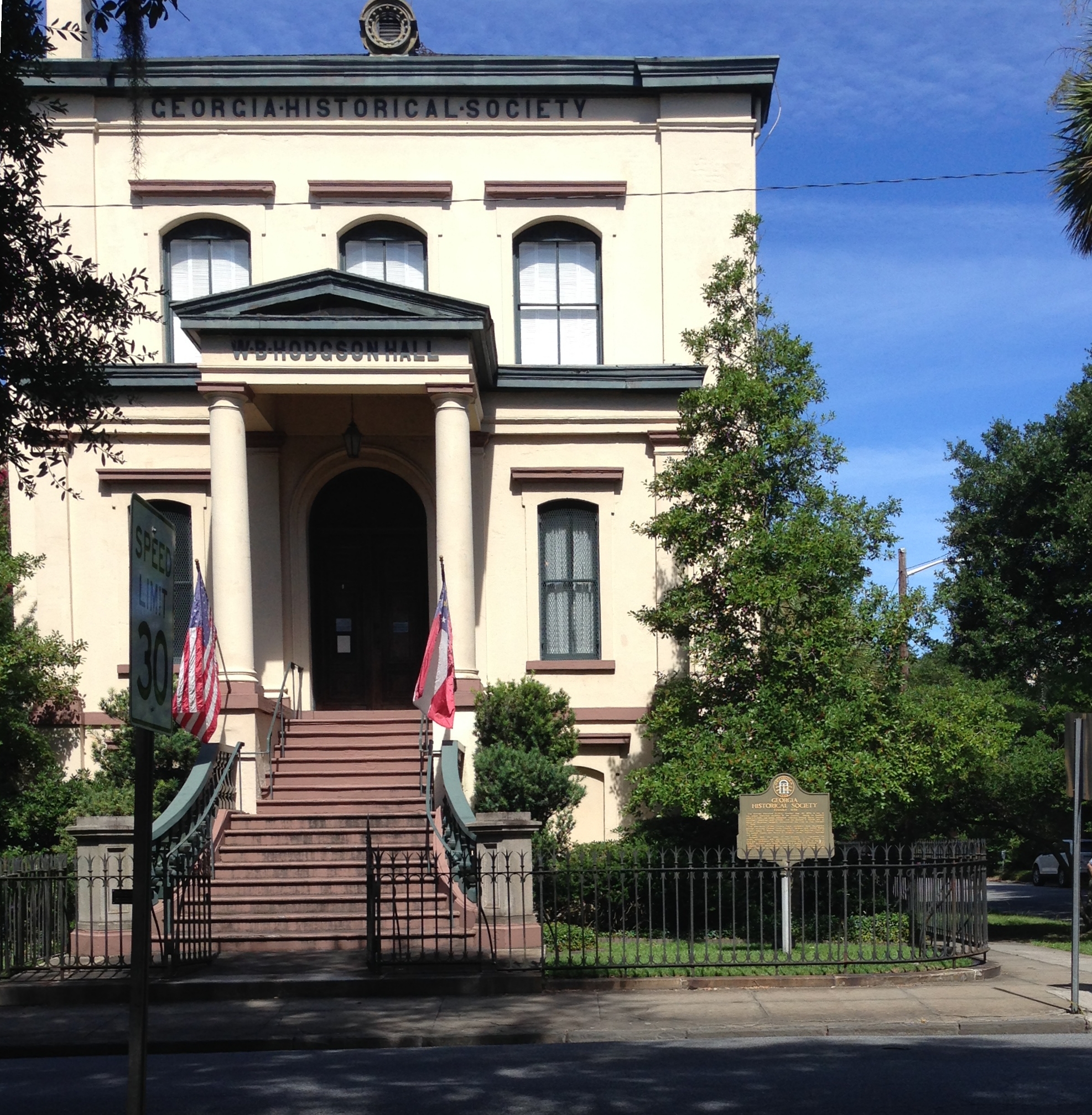
Fancy drawers! I love the woven labels especially, for some reason.
Looking over the pictures, I wonder if the “8 point” referred to the eight buttons located strategically on the suits? They appear to be comfortable and the picture of the actual suit looks like tee-shirt material.